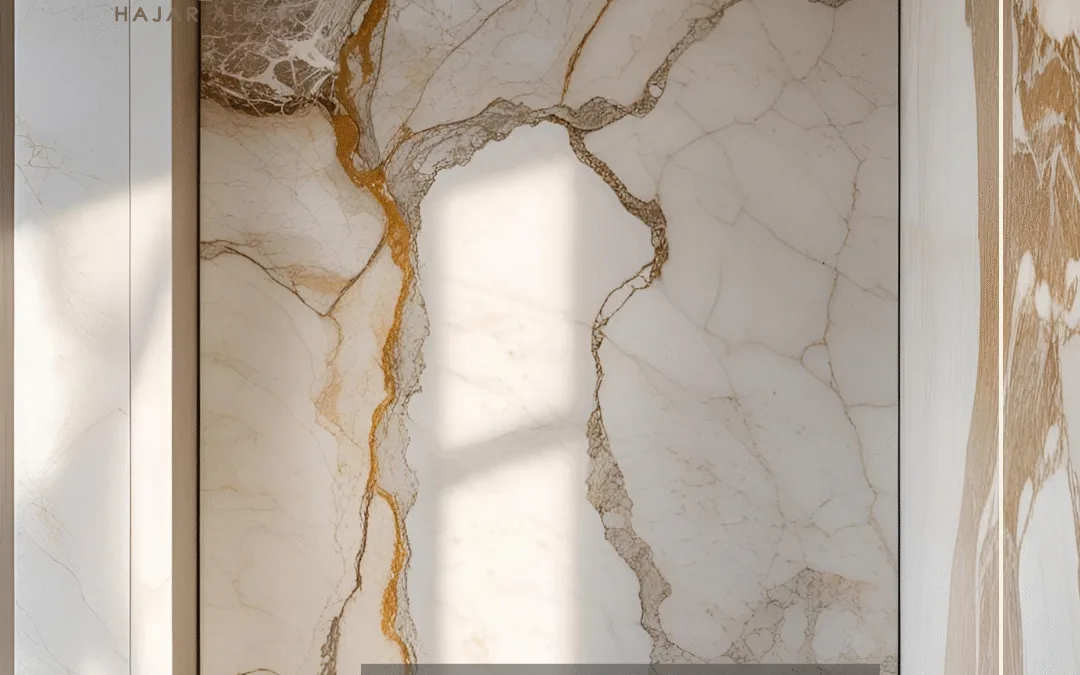Italian Marble: Why Is It the Most Expensive Worldwide?
Introduction
When we hear the word “marble,” the first thing that often comes to mind is “Italian marble.” Whether in luxurious palaces, global hotels, or even museums and artworks, Italian marble is used as a symbol of luxury and sophistication. But why is this type of marble considered the most expensive and distinguished worldwide? What sets it apart from other marble types available in the market? And does it truly deserve such a high price?
In this article, we delve into the reasons behind Italian marble’s superiority in terms of history, quality, beauty, craftsmanship, and global demand, to understand the secret that crowns this natural material as the pinnacle of luxury in construction and interior design.
1. The Rich History of Italian Marble
The use of marble in Italy dates back to Roman and Greek eras, where artists and sculptors created timeless masterpieces such as:
Michelangelo’s “David” statue, carved from Carrara white marble.
Ancient Roman temples.
Italian Renaissance churches featuring marble walls and floors.
This long history has given Italian marble a cultural and artistic value that distinguishes it from any other material, making it a symbol of classical beauty and artistic precision.
2. Unique Geological Characteristics
Italian marble, especially Carrara, Calacatta, and Statuario, is known for its highly pure crystalline composition:
Contains a high percentage of pure calcium carbonate, giving it a bright color and velvety texture.
Its veins are naturally balanced and artistic, like a hand-painted masterpiece.
Each slab of Italian marble is considered a unique work of art that cannot be replicated.
These geological properties are rarely found in other marble types, making Italian marble both rare and highly sought-after.
3. Precise and Skilled Extraction Processes
Italian marble is quarried from the Apennine and Tuscan mountains through meticulous operations that ensure:
The highest precision in cutting to minimize waste.
Preservation of slab purity without cracks or fractures.
A combination of advanced technology and hand craftsmanship, adding extra value to each slab.
Italy is also one of the few countries that export marble after local processing, including cutting, polishing, and finishing under strict quality standards.
4. European Design and Italian Touch
Italian design taste is renowned worldwide, reflected in their approach to marble:
Italian factories don’t just cut marble; they shape it with art and innovation.
Use of the latest technologies such as CNC machines and precise robotics for complex carving and shaping.
Export slabs with the finest finishes: glossy, matte, thermal polished, or hand-polished.
So, when you buy Italian marble, you are not just purchasing natural stone—you are acquiring a product that combines nature with high industrial artistry.
5. Limited Sources and Rarity of Certain Types
Although Italy has dozens of quarries, some types like:
Statuario
Calacatta Gold
Arabescato
Come from very specific quarries, sometimes just a single mountain point, making their quantities limited annually. This scarcity naturally drives up prices due to supply and demand, especially with increasing global demand from upscale markets like the UAE, Qatar, the USA, and China.
6. Global Reputation and Quality Trust
Customers and designers worldwide trust Italian marble because:
It has an excellent reputation for quality.
Comes with certifications that comply with European standards.
Rarely faces cracking or discoloration over time, unlike other commercial types.
This centuries-old reputation gives buyers confidence, justifying the high price compared to other marble types.
7. Exclusive Use in Luxury Projects
Italian marble is typically reserved for:
Luxury villas.
Five-star hotels.
Museums and art exhibitions.
Presidential or governmental headquarters.
Grand floors, interior facades, fountains, or luxury dining tables.
This selective usage enhances Italian marble’s status as an unmatched elite material.
8. Italian Marble as an Investment
Due to its rarity and quality, Italian marble is considered a long-term investment:
It lasts for decades without losing its appearance.
Increases property value at resale.
Adds intangible value to any architectural project.
Retains clear market value even in secondary markets or renovated projects.
Conclusion
Italian marble is not the most expensive in the world merely because of its beautiful appearance. Behind it lies history, craftsmanship, geological science, artistic taste, and global appreciation. It is a rare natural product that elevates spaces to levels of luxury difficult to achieve with other materials.
When you choose Italian marble, you are not just buying a slab—you are owning a piece of art from the heart of Italy’s mountains, slowly created over thousands of years and crafted by a master who understands the meaning of eternal beauty.


